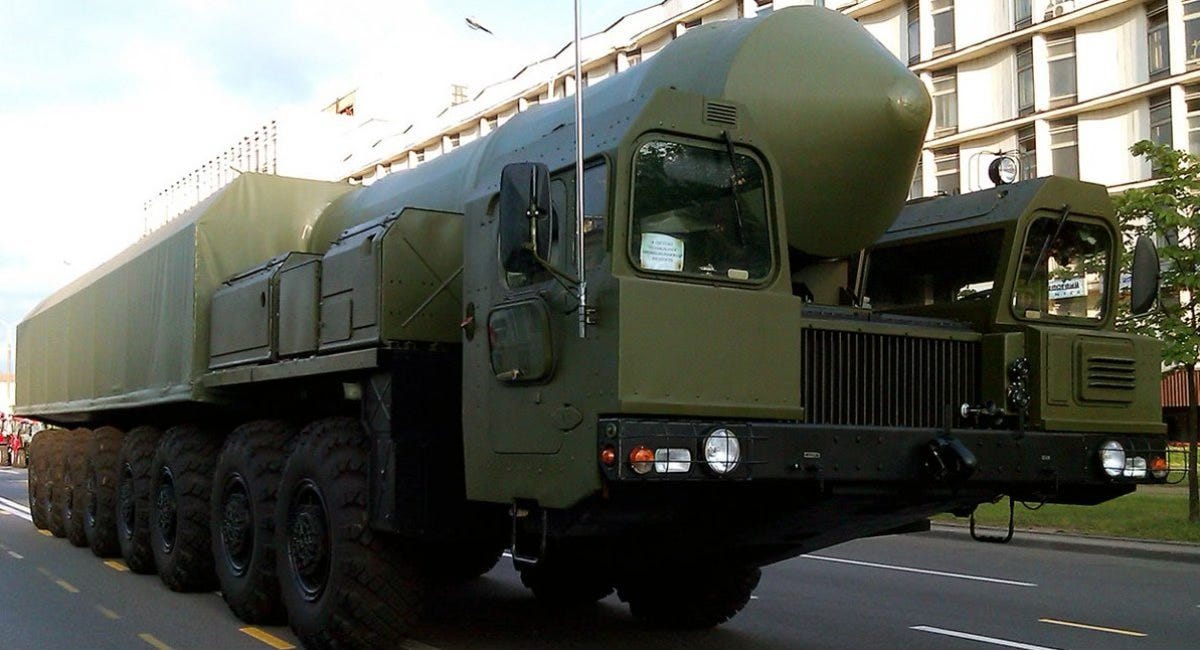Russia's Oreshnik Missile Attack on Dnipro
A quick assessment of the rationale for Putin's use of this new missile system and the strategic implications of its use.
In response to the deployment of American and British long-range weapons, on November 21, the Russian Armed Forces delivered a combined strike on a facility within Ukraine’s defence industrial complex. Statement by the President of the Russian Federation, 21 November 2024.
In the past 24 hours, Russia apparently launched a new kind of missile at the Ukrainian city of Dnipro.
Authorities in Ukraine initially asserted that the Russian missile today was an intercontinental ballistic missile (ICBM). Subsequent reports that cited anonymous U.S. government sources described the Russian weapons as a medium or intermediate-range ballistic missile.
Later, Deputy Pentagon Press Secretary Sabrina Singh said at a routine press conference that “I can confirm that Russia did launch an experimental intermediate-range ballistic missile. This IRBM was based on Russia’s RS-26 Rubezh intercontinental ballistic missile model.” Singh also stated that the U.S. government had been notified about the launch beforehand “through Nuclear Risk Reduction channels”.
In his statement about the attack issued on 21 November, President Putin noted that:
Russian Armed Forces delivered a combined strike on a facility within Ukraine’s defence industrial complex. In field conditions, we also carried out tests of one of Russia’s latest medium-range missile systems – in this case, carrying a non-nuclear hypersonic ballistic missile that our engineers named Oreshnik. The tests were successful.
Why would Putin use this particular weapon now, and what are the strategic implications?



